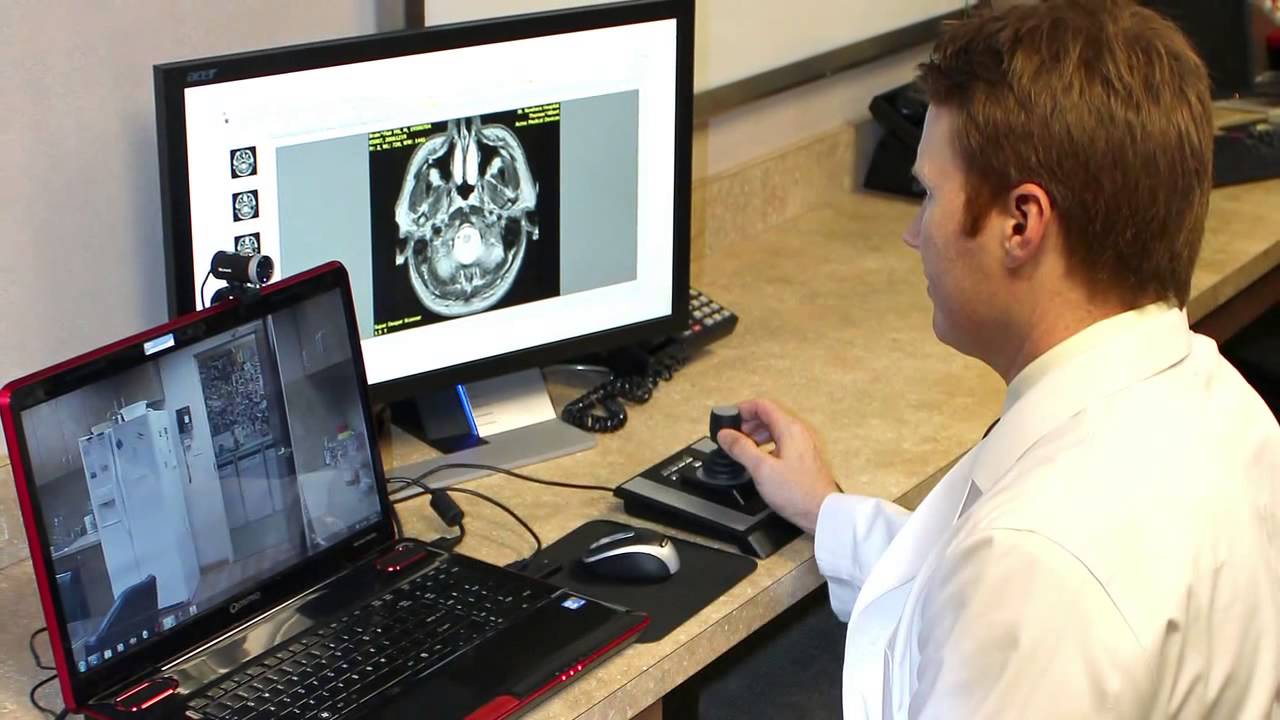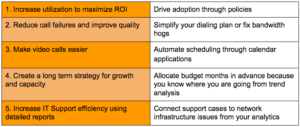According to this FierceHealthIT.com article, in 2014 the number of patients worldwide using Telehealth services will skyrocket to seven million by the year 2018. That’s one heck of a jump from the 2013 estimate of 350,000 patients using Telehealth. Credible sources predict the telemedicine market will maintain a compound annual growth rate of 18.5% through 2018.
[bctt tweet=”#telehealth services will skyrocket to seven million by the year 2018″ username=”vyopta”]
Other than job security for Healthcare IT professionals, this trend will have a large impact on many industries. The validity of these predictions from last year are being tested and (you might even say) reinforced by the latest news to surface in the telehealth sphere:
1.) Telehealth will continue to grow exponentially in the coming years as long as it becomes more cost effective, easier to access, and easier to deploy – see Google’s recent involvement with “direct-to-consumer” telehealth services.
2.) Kaiser Permanente entered the growing retail clinic business for the first time by joining forces with Target just last November to put telehealth clinics inside Target stores in Southern California. Healthcare providers are taking access to care to a new level by going to the customers.
3.) Convenience features like integration with patient EMR’s and exploding cloud-based telehealth models connecting patients with doctors everywhere, continue to contribute to the push for video patient outreach services.
How Does a Telehealth IT Admin Prepare?
If you’re an IT professional in healthcare and have already taken notice of the growing interest in adoption of telehealth services, you may want to brace yourself for more. We’ve come up with 4 ways to help healthcare IT departments prepare for the telehealth explosion.
1.) ARM YOURSELF WITH KNOWLEDGE
As your company prepares for another massive telehealth deployment, the first thing to do is arm yourself with knowledge. Are you prepared to handle the challenges that come with managing a scalable video infrastructure? Or better yet – is your infrastructure scalable? Make yourself a list of these challenges to face, for they are sure to come:
- Capacity Planning & Growth
- Right-sizing Licensing and Budget
- Call Success Rates
- Quality of Video and User Experience
- Overall Reliability & Stability
- Security and Data Privacy Concerns
If you’ve been in the telehealth IT field for a while you’ve probably encountered and overcome some of these challenges by working closely with your equipment or service providers. At this point, you may be on a first name basis, because there are a lot of interoperability issues. Arming yourself with knowledge, however, requires that you have a comprehensive understanding of these challenges and convenient (real-time) access to the solutions. We’ll get to this in a moment.
2.) DIAGNOSE EXISTING PROBLEMS
Diagnosing issues is probably what you spend 95% of your time doing at your job, so this one is a no-brainer. But, just so we’re clear – a manual analysis of any kind can be very difficult as there is little uniformity in the data sets across devices in a video network. Multi-vendor data mining and cleansing will be the answer to running diagnostics in the coming storm of video adoption.
In addition, being able to visualize the performance, usage, capacity, and quality information across a broad range of categories and metrics allows you to see the trends, anomalies, outliers, and even identify areas where security may be a problem. For instance, our customers have been able to identify a type of attack called SIP Toll Fraud by identifying multiple short calls happening in rapid succession through an endpoint. This saves money and also helps with audit compliance in telehealth.
3.) TREAT THE PROBLEMS
Create a personalized treatment plan for your network once the issues have been identified. Make a list of goals you want to achieve before you dive into the granular stuff. Here are some of the most common goals from partners and customers we’ve worked with in the past.
4.) MONITOR AND MAINTAIN YOUR SYSTEM
Video communication in healthcare is a top priority – now that providers and patients are relying heavily on video call security, quality, and network reliability. This puts a lot of pressure on IT for streamlined operations, workflows and the need to provide a secure, scalable and stable infrastructure. The only way to scale with the business without hiring dozens of IT support workers is to make it easy to monitor, predict, and react to any problems before they happen with in-depth, historical and real-time system intelligence.
The entire health system is changing and healthcare IT departments will need analytics capabilities in order to work efficiently and effectively. This means daily monitoring and real-time monitoring solutions for proactive issue resolution.







